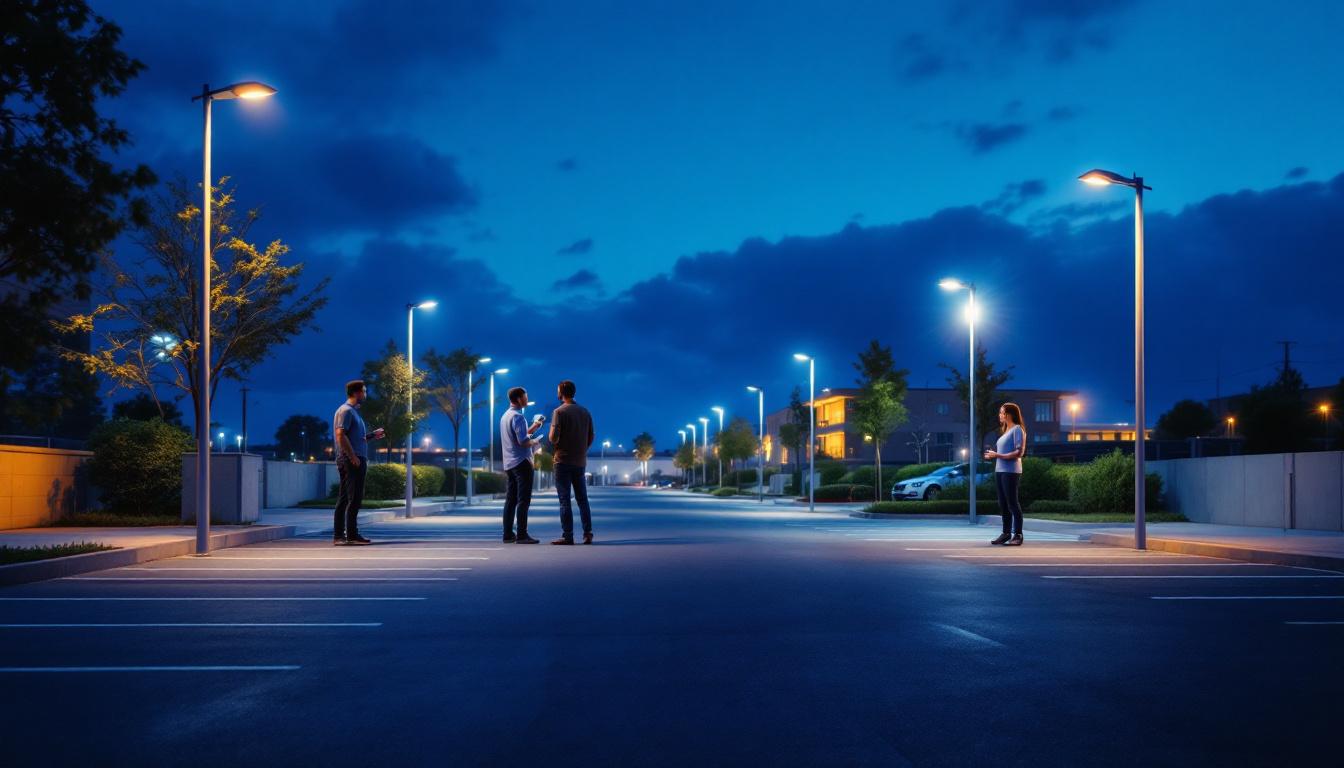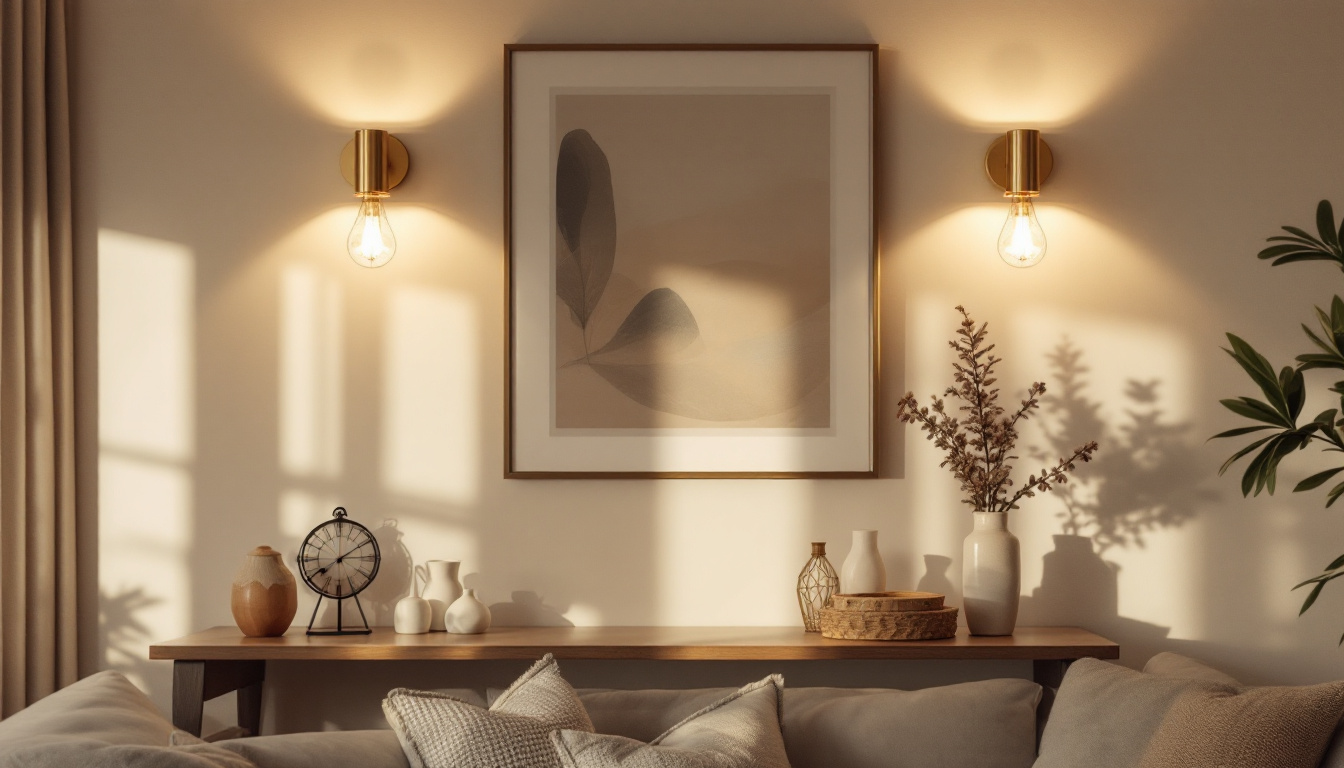
Recessed fluorescent lighting has become a popular choice among lighting contractors, architects, and designers due to its versatility and efficiency. These fixtures are designed to be installed into a ceiling, creating a clean, streamlined look that integrates seamlessly into various environments. Understanding the nuances of recessed fluorescent lighting can significantly enhance the quality of installations and client satisfaction.
Fluorescent lights are known for their energy efficiency and long lifespan compared to traditional incandescent bulbs. They provide a broad spectrum of light, making them suitable for both commercial and residential applications. As a lighting contractor, being well-versed in the characteristics and benefits of recessed fluorescent lighting can set one apart in a competitive market.
One of the primary advantages of recessed fluorescent lighting is its energy efficiency. These fixtures consume less power than incandescent bulbs, which not only reduces energy costs but also contributes to a lower carbon footprint. For clients looking to minimize their environmental impact, recommending recessed fluorescent options can be a compelling selling point.
Another benefit is the aesthetic appeal. Recessed fixtures provide a clean and modern look, making them ideal for contemporary spaces. They can be used to highlight architectural features or artwork, creating a visually appealing atmosphere. Additionally, the ability to control the direction of light makes them versatile for various applications, from task lighting in offices to ambient lighting in living rooms.
When installing recessed fluorescent lighting, several factors must be taken into account to ensure optimal performance and safety. The depth of the ceiling cavity is critical, as it determines the type of fixture that can be installed. Contractors must assess the ceiling structure and ensure that there is adequate space for the housing and ballast.
Moreover, the placement of fixtures is essential for achieving the desired lighting effect. Proper spacing between lights can prevent shadows and ensure uniform illumination across the area. It is advisable to follow the manufacturer’s guidelines regarding spacing and layout to maximize efficiency and effectiveness.
Recessed fluorescent fixtures come in various types, each designed for specific applications and environments. Familiarity with these types can help contractors make informed recommendations to clients based on their needs.
Standard recessed fluorescent fixtures are commonly used in commercial settings, such as offices and retail spaces. They typically feature a prismatic lens that helps diffuse light evenly across a wide area. These fixtures are available in different sizes and wattages, allowing for flexibility in design and application.
When selecting standard recessed fixtures, it is crucial to consider the lumen output and color temperature. Higher lumen outputs are ideal for spaces requiring bright, focused lighting, while lower outputs may be suitable for areas where softer lighting is preferred.
Adjustable recessed fluorescent fixtures offer the ability to direct light where it is most needed. These fixtures are particularly useful in spaces with artwork or architectural features that require highlighting. The adjustable design allows for greater flexibility in creating dynamic lighting effects.
Directional fixtures are also beneficial in retail environments, where showcasing products effectively can influence customer purchasing decisions. By directing light toward specific areas, contractors can help create an inviting and engaging atmosphere for shoppers.
Low-profile recessed fluorescent fixtures are designed for spaces with limited ceiling height. These fixtures provide the same benefits as standard recessed lights but are tailored for environments where traditional fixtures may not fit. They are often used in residential applications, such as kitchens and hallways, where space is at a premium.
When recommending low-profile fixtures, it is essential to ensure that they still meet the necessary lighting requirements for the space. Contractors should evaluate the lumen output and distribution to ensure adequate illumination.
As energy efficiency becomes increasingly important in the lighting industry, recessed fluorescent lighting stands out for its sustainability. Clients are often looking for ways to reduce energy consumption and lower utility bills, making these fixtures an attractive option.
Many recessed fluorescent fixtures carry Energy Star ratings, indicating that they meet strict energy efficiency guidelines set by the U.S. Environmental Protection Agency. These ratings not only help consumers make informed choices but can also qualify them for rebates and incentives from utility companies.
Contractors should familiarize themselves with the Energy Star program and its criteria to effectively communicate the benefits to clients. Highlighting the long-term savings associated with Energy Star-rated fixtures can be a persuasive argument in favor of choosing recessed fluorescent lighting.
The longevity of fluorescent bulbs is another aspect that contributes to their sustainability. With a lifespan of up to 20,000 hours or more, these bulbs require less frequent replacement than traditional incandescent options. This not only reduces waste but also minimizes the labor and costs associated with changing bulbs.
By emphasizing the long lifespan of recessed fluorescent lights, contractors can help clients understand the overall value of their investment. Fewer replacements mean less disruption and lower long-term costs, making these fixtures an economically sound choice.
When integrating recessed fluorescent lighting into a design, several aesthetic and functional considerations must be taken into account. The goal is to create a harmonious balance between form and function that meets the needs of the space while enhancing its visual appeal.
The color temperature of recessed fluorescent lights can significantly impact the ambiance of a space. Ranging from warm white to cool daylight, the choice of color temperature should align with the intended use of the area. For instance, warmer tones are often preferred in residential settings for a cozy atmosphere, while cooler tones may be more suitable for workspaces requiring focus and concentration.
Additionally, the quality of light produced by fluorescent bulbs can vary. Contractors should consider options that provide a high Color Rendering Index (CRI), which measures how accurately colors appear under the light. A higher CRI is particularly important in environments like galleries or retail spaces where color accuracy is crucial.
Effective placement of recessed fluorescent fixtures is vital for achieving the desired lighting effect. Contractors should consider the layout of the space, including furniture placement and architectural features, when determining fixture locations. A well-planned layout can enhance the overall functionality and aesthetics of the area.
In open spaces, a grid pattern may work well, while more complex layouts may require strategic placement to avoid shadows and ensure even illumination. Utilizing lighting design software can assist contractors in visualizing the final outcome and making adjustments before installation.
While recessed fluorescent lighting offers numerous benefits, contractors may encounter challenges during installation and maintenance. Understanding these challenges and having solutions at hand can streamline the process and enhance client satisfaction.
One common challenge with recessed lighting is access for maintenance. Fixtures installed in high ceilings or hard-to-reach areas can be difficult to service. To mitigate this issue, contractors should consider the use of fixtures designed for easy access, such as those with removable trim or adjustable mounting brackets.
Additionally, educating clients about the importance of regular maintenance can help prolong the lifespan of the fixtures and ensure optimal performance. Providing clear instructions on how to change bulbs and clean fixtures can empower clients to take an active role in maintaining their lighting systems.
Heat management is another crucial consideration when installing recessed fluorescent lighting. Poor ventilation can lead to overheating, which can affect the performance and lifespan of the fixtures. Contractors should ensure that there is adequate airflow around the fixtures and consider using fixtures designed with heat-dissipating features.
In some cases, using dimmers can help manage heat output by reducing the wattage of the bulbs. This not only enhances energy efficiency but also prolongs the life of the fixtures. Educating clients about the benefits of dimming systems can lead to greater satisfaction with their lighting solutions.
The lighting industry is continually evolving, and recessed fluorescent lighting is no exception. Staying informed about emerging trends can help contractors remain competitive and offer clients the latest innovations in lighting technology.
One of the most significant trends in lighting is the integration of smart technology. Recessed fluorescent fixtures are increasingly being designed to work with smart home systems, allowing users to control lighting through apps or voice commands. This level of control enhances convenience and customization, making it an appealing option for tech-savvy clients.
Contractors should familiarize themselves with available smart technology options and how they can be integrated with recessed fluorescent lighting. Offering these solutions can position contractors as forward-thinking professionals who are attuned to the needs of modern clients.
As energy efficiency standards continue to evolve, manufacturers are developing new technologies to improve the performance of fluorescent lighting. This includes advancements in ballast technology, which can enhance the efficiency and reliability of fixtures.
Staying updated on these advancements can help contractors make informed recommendations to clients and ensure that installations meet the latest energy efficiency standards. This knowledge can also be a valuable selling point when discussing the benefits of recessed fluorescent lighting.
Recessed fluorescent lighting presents a wealth of opportunities for lighting contractors. By understanding the various types of fixtures, their benefits, and the latest trends, contractors can provide clients with informed recommendations that enhance both functionality and aesthetics.
As the demand for energy-efficient and sustainable lighting solutions continues to grow, recessed fluorescent fixtures will remain a relevant and valuable option in the lighting industry. By staying informed and adaptable, contractors can position themselves as trusted experts in the field, ultimately leading to greater client satisfaction and business success.
Ready to elevate your lighting installations with the efficiency and style of recessed fluorescent lighting? Discover the LumenWholesale difference, where we offer an extensive selection of premium, spec-grade lighting products at unbeatable wholesale prices. Say goodbye to inflated markups and hello to high-performance lighting that meets the highest industry standards. With free shipping on bulk orders, you can stock up on the best lighting solutions without any hidden fees. Make your next project shine and take advantage of the perfect blend of quality, affordability, and convenience. Visit LumenWholesale now for Wholesale Lighting at the Best Value.

Discover effective strategies to train your team in installing and maintaining solar lights for parking lots.

Discover the ultimate guide to Gooseneck Brass Sconces with expert tips tailored for lighting contractors.

Discover the art of mastering designer electrical outlets with insights tailored for lighting contractors.

Discover how Universal Lighting Technology is revolutionizing the lighting industry for contractors.